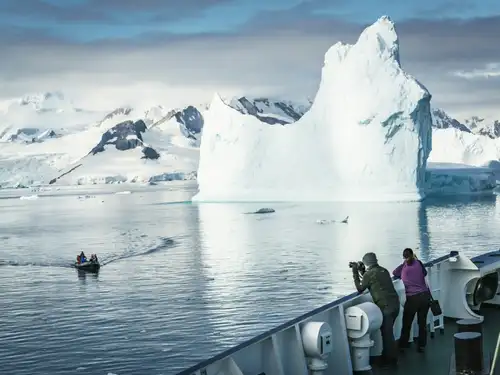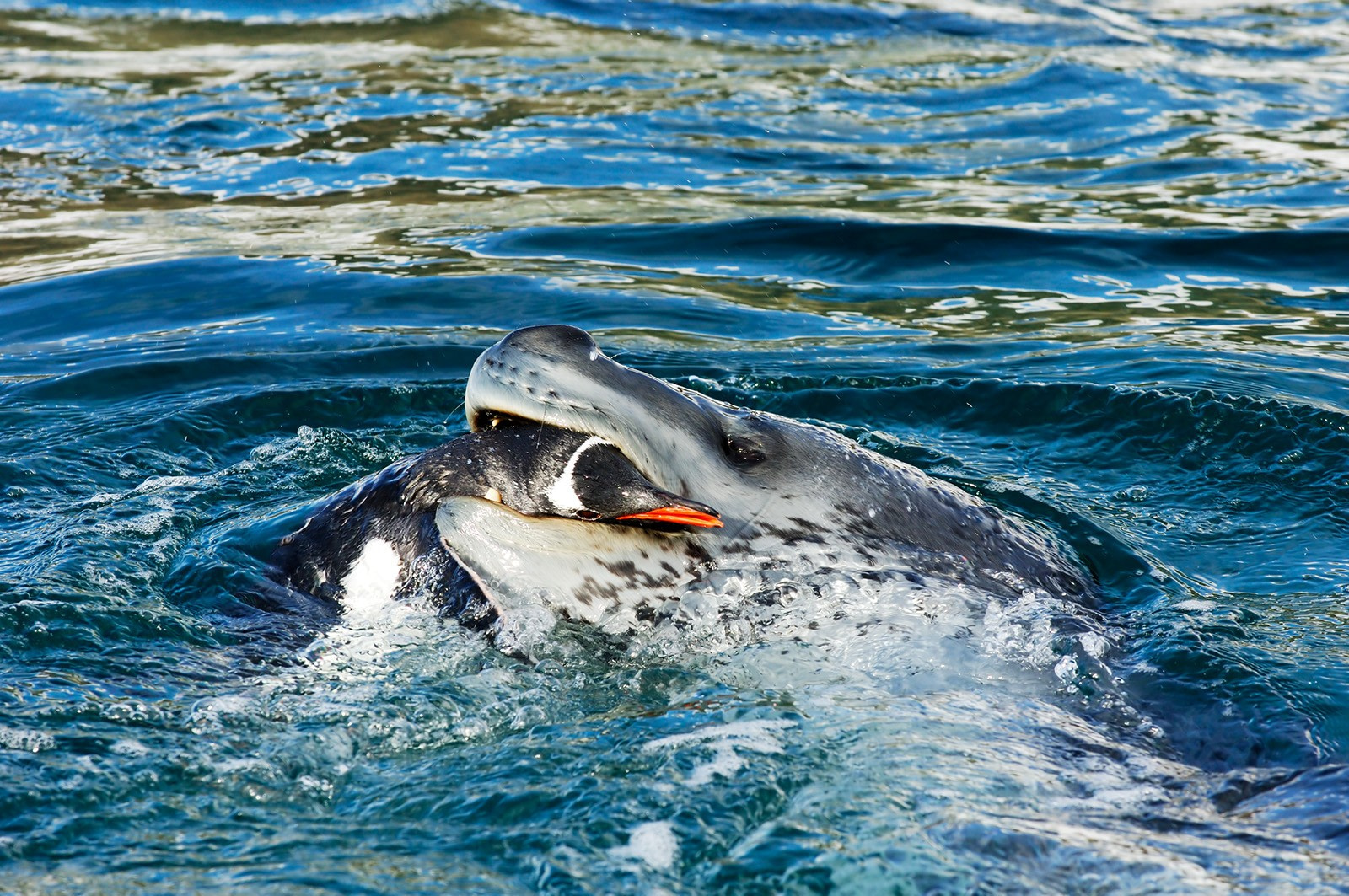Name: Leopard Seal, Sea Leopard (Hydrurga leptonyx)
Length: 2.5-3.5 metres
Weight: 200-600 kg
Location: The Antarctic plus southern hemisphere shorelines
Conservation status: Least Concern
Diet: Penguins, other species of seal, krill, squid, fish
Appearance: Mottled, dark grey on back, lighter on belly.
How do Leopard Seals hunt?
The diet of a Leopard Seal varies with its size. Smaller seals eat more krill, fish, squid, and penguins, while larger seals may hunt other seals. They catch penguins by floating near ice or land edges where penguins gather, then thrashing them in the water. Their jaws have large canines for gripping prey and back molars that lock together to strain krill from water, similar to baleen whales.
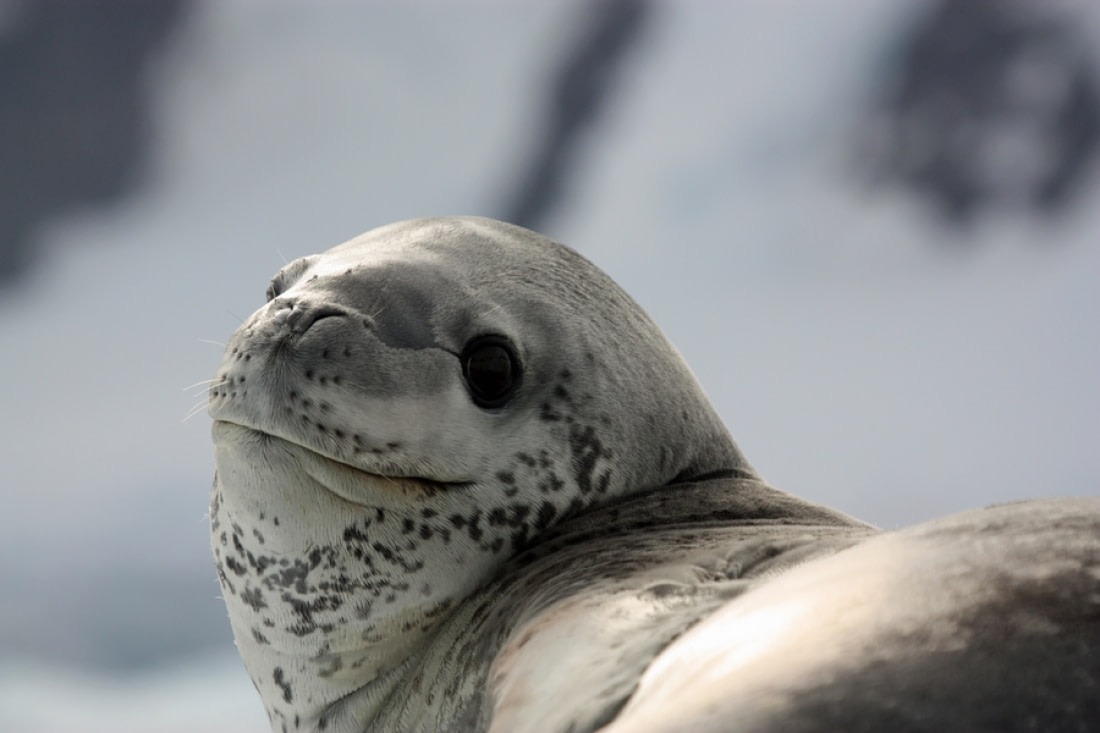
Do Leopard Seals socialize?
Leopard Seals are mostly solitary, coming together only during mating season.
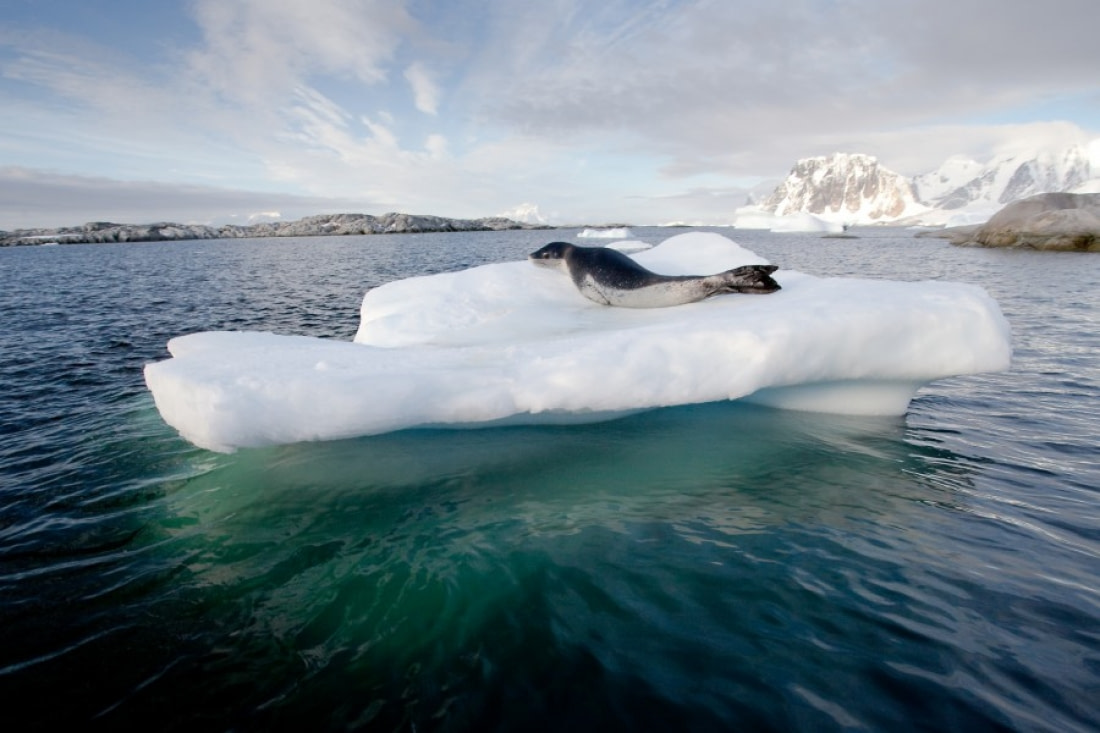
How fast can Leopard Seals go?
Leopard Seals can swim up to 37 km per hour, fast enough to launch themselves onto land.
What are Leopard Seal mating rituals like?
Males mature at 3 years, females at 2. During mating season, they make long-distance calls. Pregnancy lasts about 10 months, with births in the Antarctic summer. Females dig dens in the ice for months before giving birth to a single pup, which doubles in size within 3 months. The mother nurses the pup for about a month, while males are rarely seen near the birthing grounds.
How long do Leopard Seals live?
Leopard Seals live about 25 years on average.
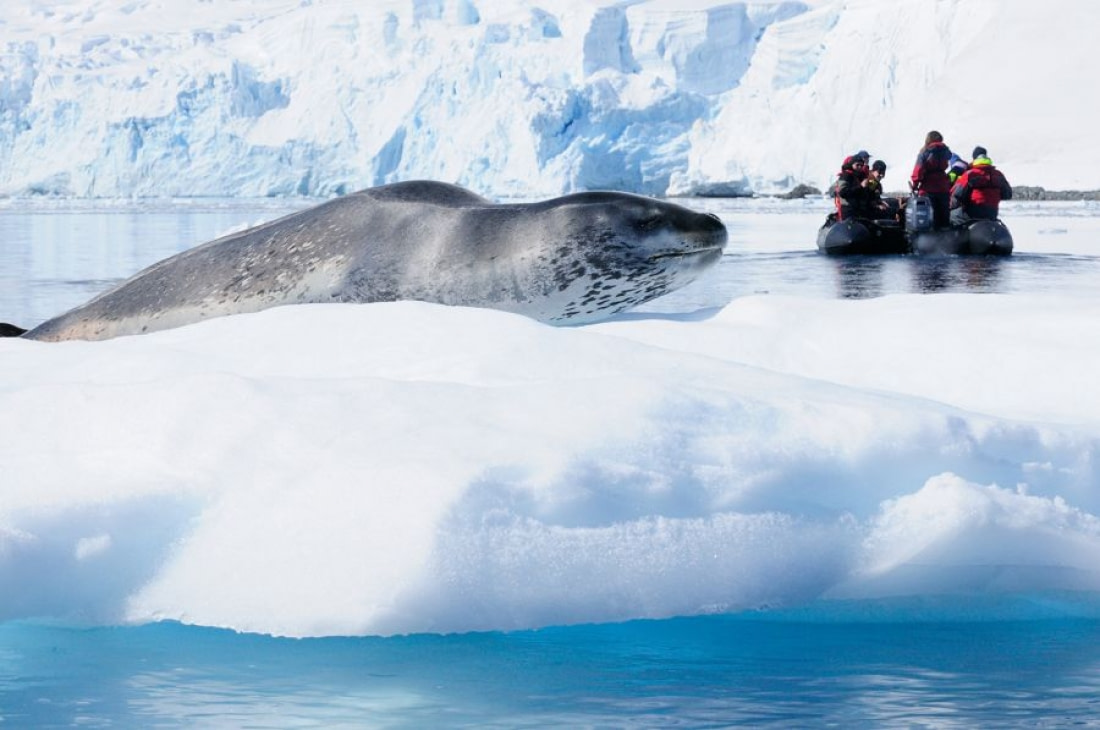
How many Leopard Seals are there today?
A 1977 estimate put their population at approximately 222,000.
Do Leopard Seals have any predators?
Leopard Seals are second in the Antarctic food chain, fearing only the Killer Whale.
Do Leopard Seals attack people?
Leopard Seals are aggressive but rarely attack humans. In 2003, a Leopard Seal dragged a British biologist underwater to her death. Conversely, a viral story tells of a Leopard Seal bringing live penguins to a National Geographic photographer, seemingly trying to teach him to hunt.
7 Stupendous Leopard Seal Facts
- Leopard Seals are named for their black Leopard-like spots.
- Hydrurga leptonyx means "slender-clawed water-worker."
- Much about Leopard Seals, including their mating habits, remains unknown due to their dispersion and underwater lifestyle.
- They are the largest of the Antarctic seals.
- Leopard Seals are picky eaters, often leaving penguin skeletons, feet, and heads behind.
- They are known to attack the black rubber pontoons of inflatable boats, leading owners to reinforce the rubber or vacate the area.
- Leopard Seals are the only seals that regularly eat other seals.
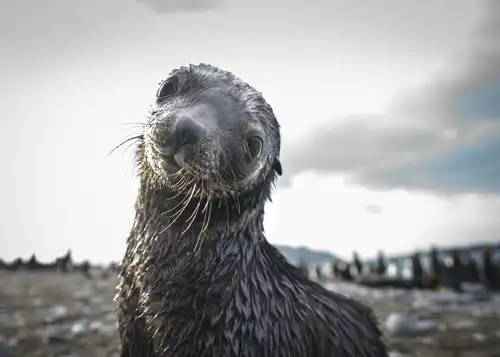
The secrets of Antarctic seals revealed

11 Seals You May See in Antarctica or the Arctic
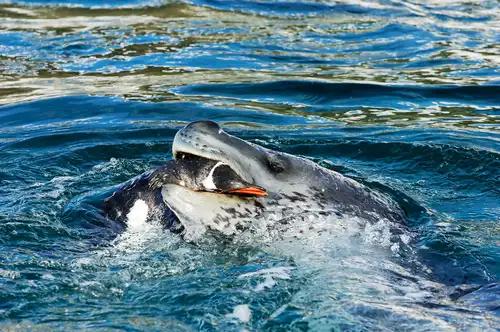
Danger Beneath the Water: 10 Facts About Leopard Seals
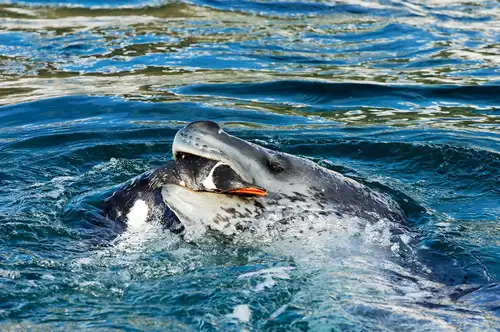
The Wildlife of Antarctica’s Seas and Skies
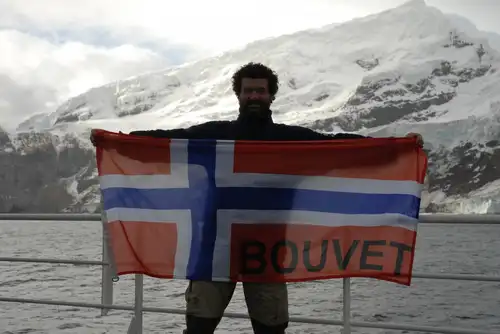
Bouvet Island: The Most Remote Island in the World
